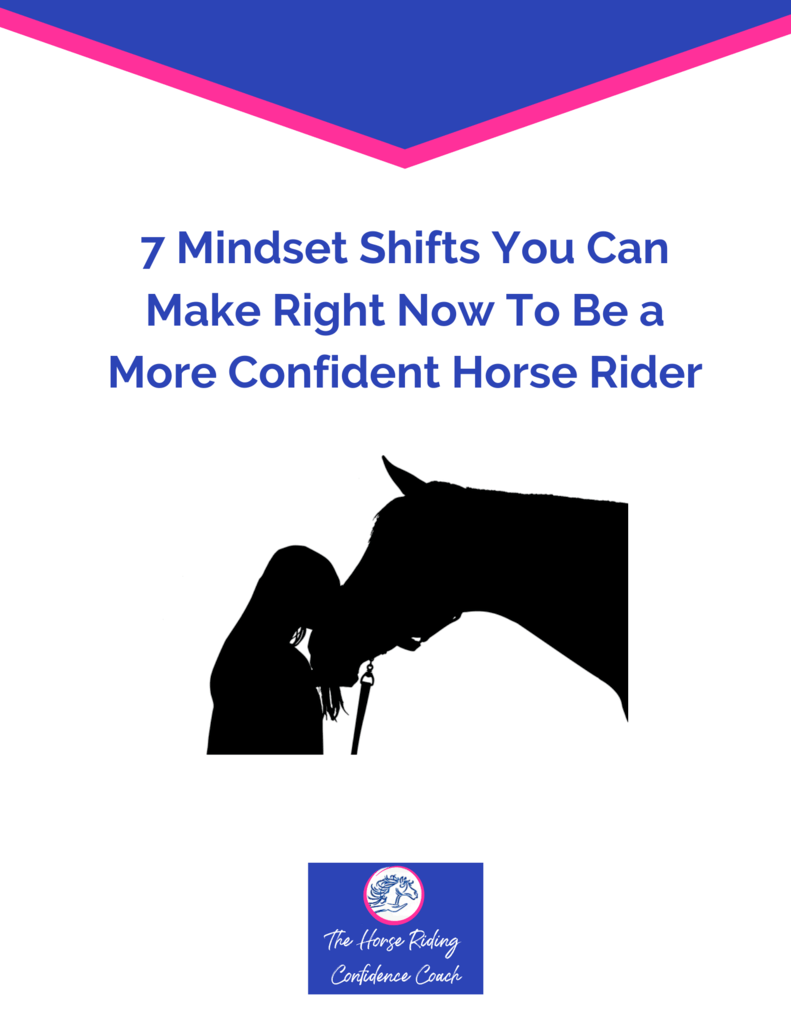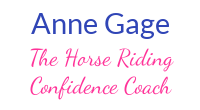It's November and the challenge has been thrown down again. Ride with no stirrups! The idea is that riding without stirrups will make you a better rider by improving your legs, seat and core.
Is that true? Well, not always.
If you're riding without stirrups incorrectly, you can actually do harm to your horse's back. And you won't be improving your riding.
Before you decide to drop your stirrups this November, read on for my tips to ensure you and your horse are ready.
Develop An Independent Seat
Good riders not only have soft, quiet hands and but also soft, quiet legs. Both of these qualities come from an independent seat – the foundation of balance and suppleness.
You can develop an independent seat by riding without stirrups, but only if you can practice it correctly. The biggest challenge is that the rider often grips more with her legs and tries to balance off the reins because she has difficulty maintaining balance.
Gripping locks up the hips and lower back making the ride uncomfortable for both the rider and the horse. Instead of balance and suppleness, the result is tension and resistance.
Before You Ride Without Stirrups
The following 5 tips will improve your work without stirrups. Depending upon your riding level, you can do them while your horse is standing still, walking, trotting or cantering.
Only increase the challenge when you can maintain your balance and suppleness consistently in the previous gait.
Keep your sessions without stirrups short (5-10 minutes) so you don’t make your horse’s back sore. Add it to your warm up and/or cool down period.
Tip #1 – Get in the right position:
Sit squarely in the saddle and feel both seat bones in contact with the saddle. If you can’t feel your seat bones, relax your thigh and butt muscles until you can. Let your legs drop out of your pelvis and just hang down.
Relax your knees and ankles as you imagine both feet stepping down towards the ground from just behind the balls of your feet.
Feel your legs naturally go around your horse’s barrel. Rotate your ankles in small circles. Gently swing your legs from the hip joints relaxing your hip flexors.

Tip #2 – Independent Leg Movements:
Do each of the following movements slowly so you can feel what happens to your seat, thighs and torso.
- Pivoting your lower leg from the knee, move your feet forwards towards your horse’s shoulders then backwards until they are under your hips. When your leg is in the correct position, you will feel centred as your seat bones connect with the saddle.
- Move both legs at the same time, one leg at a time and finally scissor your legs (left forward and right back then right forward and left back). Notice when your muscles contract and grip or lengthen and soften.
Tip #3 – Centre your torso:
Sit tall feeling your seat bones in the saddle (centre).
Lean your upper body forwards slightly. Come to centre.
Lean your upper body slightly backwards. Come to centre.
Hold each position for 5 – 10 seconds and notice how it feels.
What happens in your leg muscles? When do you grip and does your leg relax and lengthen?
As you repeat this cycle of leaning forwards, centring, leaning backwards several times, if you can’t notice any differences in your body, try closing your eyes as you do the movements.
Tip #4 – Maintain Suppleness:
Having supple joints from your toes all the way to your neck allows you to absorb the horse's movement ... and not get bounced out of the tack.
With one hand, hold the front of the saddle or a neck strap for more security.
Flap your elbows gently to ensure you are staying supple and not bracing as you pull yourself into the saddle.
If you are unable to relax your arms, raise your shoulders to your ears. Hold for 3-5 seconds then drop your shoulders down. Repeat 3 times.
Roll your shoulders forwards together, one at a time and then alternating.



Tip #5 - Pay attention to your horse’s feedback.
If he pins back his ears, swishes his tail, increases or decreases his pace, or can’t maintain a consistent rhythm return to walking or standing still and adjust your position.
Feel both seat bones, check for and release any tension in your body – particularly your legs, lower back and shoulders – and lengthen your legs and torso.
Bouncing on your horse’s back is not good for either of you.
When you are balanced, supple, and keeping your legs long and soft at the walk then gradually increase the challenge in this order:
- sitting trot,
- trotting over poles,
- posting trot,
- two point,
- canter.
The End Result
Your aim is to feel the rhythm of your horse's movement as you keep your torso tall, your legs long and connected to your horse’s barrel without gripping, and the small of your back relaxed while allowing your pelvis to roll with your horse.
Use these tips to create a program for you and your horse that helps you improve your riding without harming your horse.
FREE DOWNLOAD
7 Mindset Shifts You Can Make Right Now To Be A More Confident Horse Rider
Struggling with your horse riding confidence? This free ebook tells you about 7 common mindset shifts anxious horse riders can make to improve your horse riding confidence.
*You will receive my weekly email newsletter with tips on building your confidence and partnership with your horse. You can unsubscribe at any time.


